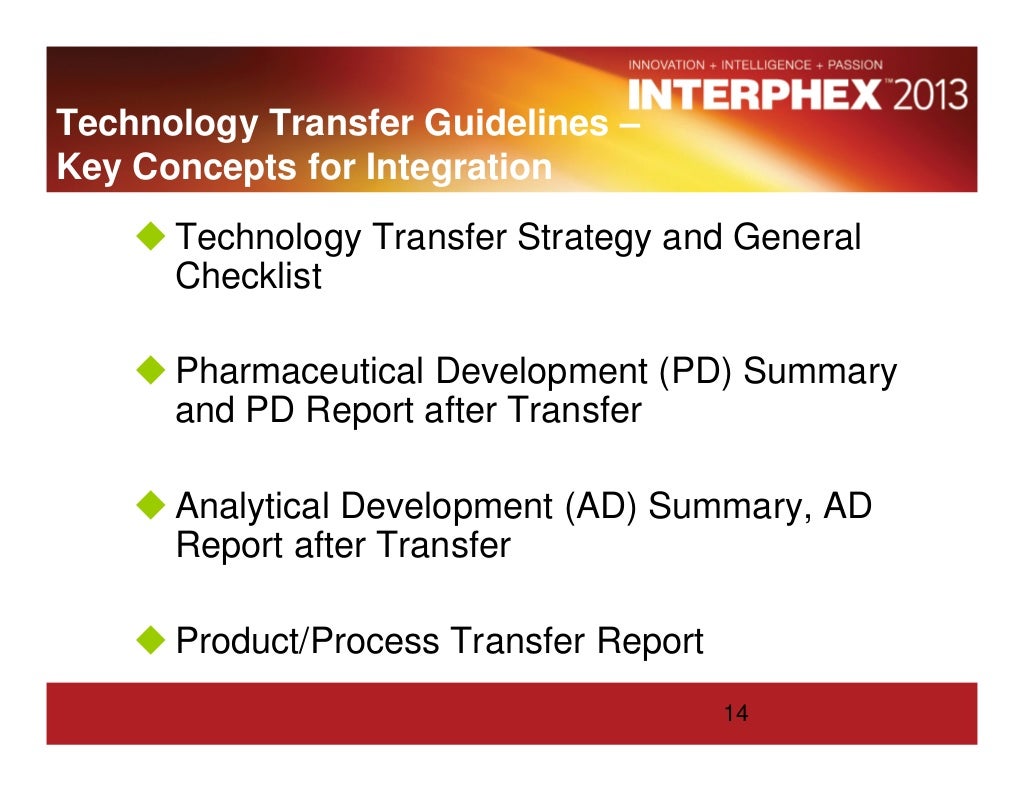Understanding Data Transfer: Best Practices And Challenges

Table of Contents
Methods of Data Transfer
Data transmission can occur through various methods, each with its own strengths and weaknesses regarding speed, security, and cost. Choosing the right method depends on factors like the size of the data, security requirements, and the infrastructure available.
Common Transfer Protocols
Several protocols facilitate data transfer, each designed for specific needs:
- FTP (File Transfer Protocol): A simple and widely used protocol for transferring files over a network. It's relatively easy to set up, but lacks inherent security, making it vulnerable to interception. Use cases include simple file sharing within a trusted network.
- SFTP (SSH File Transfer Protocol): A secure variant of FTP that utilizes SSH encryption, protecting data in transit from eavesdropping. Ideal for transferring sensitive data over untrusted networks.
- SCP (Secure Copy Protocol): Another secure file transfer protocol built on SSH, offering similar security benefits to SFTP. It's often preferred for command-line-based file transfers.
- HTTP (Hypertext Transfer Protocol): Primarily used for web browsing, HTTP can also be used for data transfer, particularly for smaller files and web-based applications. It's not inherently secure unless using HTTPS.
- HTTPS (HTTP Secure): The secure version of HTTP, utilizing SSL/TLS encryption to protect data during transfer. Essential for transferring sensitive data over the internet.
- FTPS (FTP Secure): Offers a secure alternative to standard FTP by using either implicit or explicit SSL/TLS encryption. This provides a secure method for file transfer while maintaining compatibility with FTP clients.
APIs (Application Programming Interfaces) play a significant role in automating data transfer processes and integrating them with other systems, allowing for efficient and scheduled data migration and transmission.
Cloud-Based Data Transfer
Cloud services like AWS S3, Azure Blob Storage, and Google Cloud Storage offer scalable and cost-effective solutions for data transfer and storage.
- Scalability: Cloud storage can easily accommodate growing data volumes.
- Cost-Effectiveness: Pay-as-you-go models offer flexibility and cost savings compared to maintaining on-premise infrastructure.
- Geographical Redundancy: Data is often replicated across multiple regions, ensuring high availability and disaster recovery.
However, cloud solutions also have potential drawbacks:
- Vendor Lock-in: Migrating data between cloud providers can be complex.
- Security Concerns: While cloud providers offer robust security, organizations must still implement appropriate security measures to protect their data.
Cloud-to-cloud data transfer solutions simplify the process of moving data between different cloud environments.
Direct Data Transfer Methods
Dedicated lines or Virtual Private Networks (VPNs) establish direct connections, providing high speed and enhanced security for data transport.
- Speed: Direct connections offer significantly faster transfer speeds compared to public internet connections.
- Security: Data remains within a private network, reducing the risk of interception.
However, these methods typically come with higher setup and maintenance costs.
Best Practices for Secure and Efficient Data Transfer
Implementing robust best practices ensures secure and efficient data transfer operations.
Data Encryption
Encryption is crucial for protecting data during transfer.
- TLS/SSL: Widely used for securing communication over the internet.
- AES (Advanced Encryption Standard): A strong symmetric encryption algorithm used for encrypting data at rest and in transit.
Digital certificates and secure key management are essential for implementing and managing encryption effectively.
Data Compression
Compression reduces file sizes, leading to faster transfer times and lower storage costs.
- zip, gzip, 7z: Popular compression algorithms offering various trade-offs between compression ratio and processing time. Choosing the right algorithm depends on the type of data and the desired balance between compression and speed.
Error Detection and Correction
Ensuring data integrity is paramount.
- Checksums: Algorithms that generate a unique digital fingerprint of the data, allowing for verification after transfer.
- Error-Correcting Codes: Techniques that enable the detection and correction of errors introduced during transmission.
Monitoring and Logging
Real-time monitoring and detailed logging are vital for troubleshooting and security auditing.
- Real-time Monitoring: Allows for immediate detection of issues and facilitates proactive intervention.
- Automated Alerts: Notifies administrators of potential problems, enabling faster response times.
- Detailed Logs: Provide valuable information for compliance, security analysis, and troubleshooting.
Challenges in Data Transfer
Several challenges can hinder efficient and secure data transfer.
Bandwidth Limitations
Limited bandwidth can significantly impact transfer speeds, especially with large datasets. Strategies to mitigate this include scheduling transfers during off-peak hours or using compression techniques.
Security Threats
Data transfer is susceptible to various security threats.
- Man-in-the-Middle Attacks: Interception of data during transmission.
- Data Interception: Unauthorized access to data in transit.
Mitigation strategies include strong passwords, multi-factor authentication, and regular security updates.
Data Integrity Issues
Ensuring data integrity during long transfers or across multiple systems can be challenging. Robust error detection and correction mechanisms are essential, along with data validation after transfer.
Compliance and Regulations
Data privacy regulations like GDPR and CCPA significantly impact data transfer practices. Compliance requires adherence to specific data encryption, access control, and data retention policies.
Conclusion
Efficient and secure data transfer is critical for modern businesses. Choosing the right method, implementing robust best practices, and proactively mitigating potential challenges are essential for ensuring data remains secure and readily available. Optimize your data transfer strategies today by implementing these best practices and ensuring your data remains secure and readily available. Learn more about efficient and secure data transfer solutions now!

Featured Posts
-
 Steven Spielbergs Top 7 War Films Excluding Saving Private Ryan A Ranked List
May 08, 2025
Steven Spielbergs Top 7 War Films Excluding Saving Private Ryan A Ranked List
May 08, 2025 -
 First Trailer Hunger Games Directors New Dystopian Horror Film Based On Stephen King
May 08, 2025
First Trailer Hunger Games Directors New Dystopian Horror Film Based On Stephen King
May 08, 2025 -
 De Andre Jordans Historic Night Nuggets Vs Bulls
May 08, 2025
De Andre Jordans Historic Night Nuggets Vs Bulls
May 08, 2025 -
 India Pakistan Conflict Unprecedented Strikes Across The Border
May 08, 2025
India Pakistan Conflict Unprecedented Strikes Across The Border
May 08, 2025 -
 Thousands Of Benefit Claimants Face Increased Dwp Home Visits
May 08, 2025
Thousands Of Benefit Claimants Face Increased Dwp Home Visits
May 08, 2025
Latest Posts
-
 Merkt Marakana Barbwza Ykhsr Asnanh Fy Nzal Enyf
May 09, 2025
Merkt Marakana Barbwza Ykhsr Asnanh Fy Nzal Enyf
May 09, 2025 -
 Masat Barbwza Fy Marakana Khsart Alasnan Wntayj Almerkt
May 09, 2025
Masat Barbwza Fy Marakana Khsart Alasnan Wntayj Almerkt
May 09, 2025 -
 Barbwza Yfqd Asnanh Tfasyl Merkt Marakana Almsyryt
May 09, 2025
Barbwza Yfqd Asnanh Tfasyl Merkt Marakana Almsyryt
May 09, 2025
